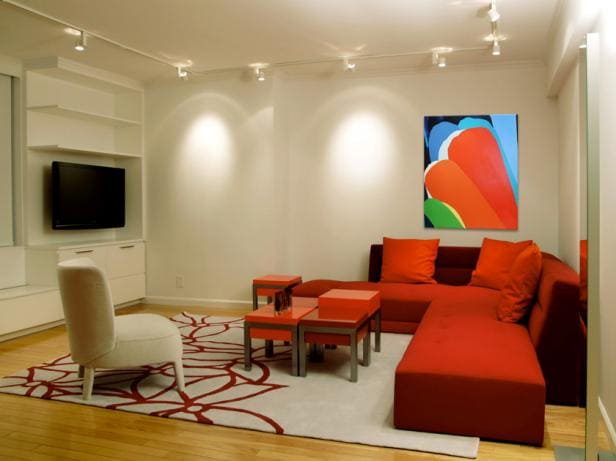In today’s modern homes, lighting does more than merely illuminate spaces; it shapes the way we perceive and interact with our environments. Achieving the perfect balance of functionality and style in kitchen and living room lighting requires a blend of creativity, technology, and design. This comprehensive guide explores innovative lighting ideas that will transform your kitchen and living room into beautifully lit, efficient, and inviting spaces.
Understanding the Basics of Modern Lighting
Before diving into specific lighting ideas, it’s crucial to understand the foundational concepts of modern lighting design. Lighting in the home can be categorized into three primary types:
- Ambient Lighting: This is the general, overall light in a room. It provides the base level of illumination and is typically achieved through ceiling fixtures, recessed lighting, or large windows.
- Task Lighting: As the name suggests, task lighting is focused on specific areas where activities require better illumination. In kitchens, this could be under-cabinet lights that illuminate the countertops. In living rooms, task lighting may involve floor lamps or table lamps placed near reading nooks or workstations.
- Accent Lighting: This type of lighting is use to highlight architectural features, artwork, or key design elements within the room. It can include track lighting, directed spotlights, or LED strip lighting.
Revolutionizing Kitchen Lighting
The kitchen, often referred to as the heart of the home, requires careful consideration regarding lighting. Innovative ideas for kitchen lighting not only enhance the functionality of the space but also contribute to its aesthetic appeal.
- Layered Lighting Designs: Incorporate a mix of ambient, task, and accent lighting to create a dynamic and flexible lighting environment. For instance, a central ceiling pendant can provide ambient light, while under-cabinet LED strips offer crucial task lighting for meal prep.
- Smart Lighting Systems: With advancements in technology, smart lights can be adjust for intensity and color temperature, adapting to different times of the day or specific tasks. Smart lighting systems can also be controll via smartphone apps or voice commands, adding convenience and energy efficiency.
- Sustainable Lighting Choices: Opt for energy-efficient LED bulbs that reduce energy consumption and lower utility bills. LEDs offer excellent longevity and are available in a range of color temperatures, making them ideal for both ambient and task lighting in the kitchen.
Transforming Living Room Lighting
The living room serves multiple purposes: it’s a place for relaxation, entertainment, and sometimes even work. Effective lighting design can enhance the multifunctionality of this space and create the desired ambiance.
- Statement Lighting Fixtures: Choose bold and beautiful fixtures such as chandeliers or designer floor lamps that serve as focal points while providing ample light. These fixtures not only illuminate the room but also act as art pieces.
- Adjustable Lighting Solutions: Install dimmer switches to adjust the lighting based on the time of day or the activity taking place. Dimmable LED panels or strips can create a warm, cozy glow for movie nights or a brighter, more vibrant light for reading.
- Creative Use of Accent Lights: Use accent lighting to highlight paintings, sculptures, or bookcases. Directional sconces or track lighting can focus light on specific elements, adding depth and interest to the living room decor.
Final Thoughts
Innovative lighting is key to transforming your kitchen and living room into spaces that are not only functional but also aesthetically pleasing. By understanding the different types of lighting and how to effectively layer them, you can create environments that are both inviting and exciting. Remember, the best lighting design is one that complements your lifestyle and enhances your home’s overall design.


